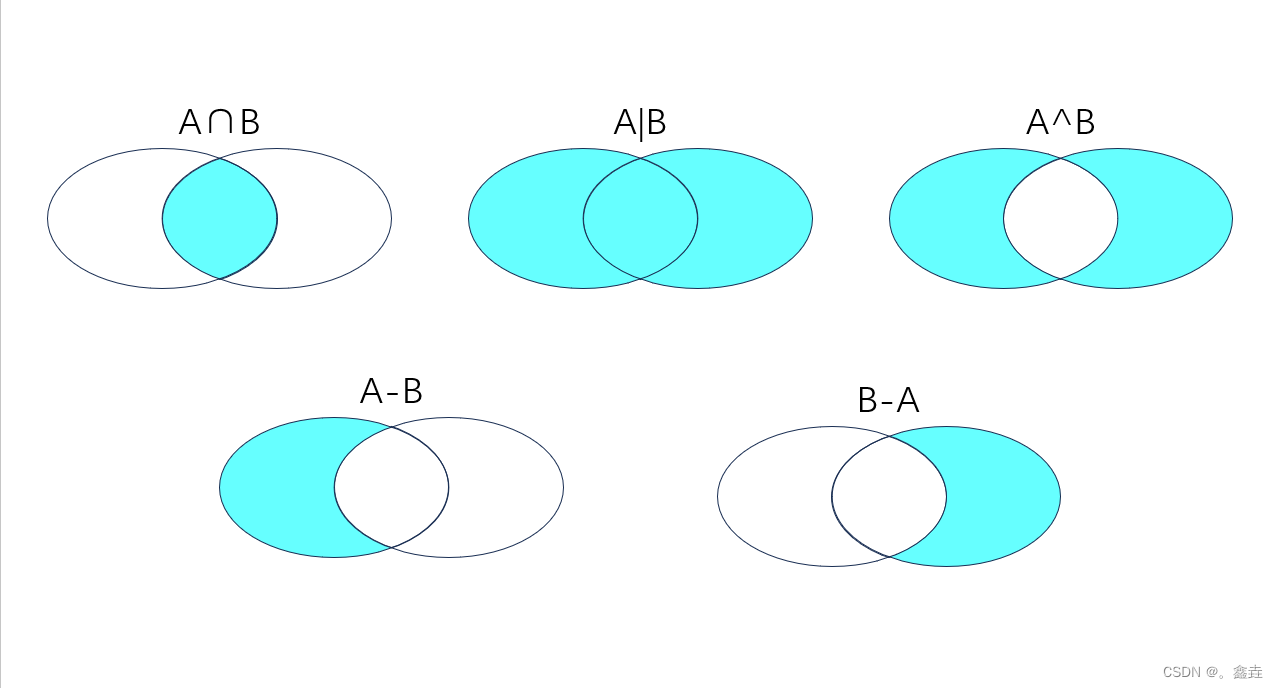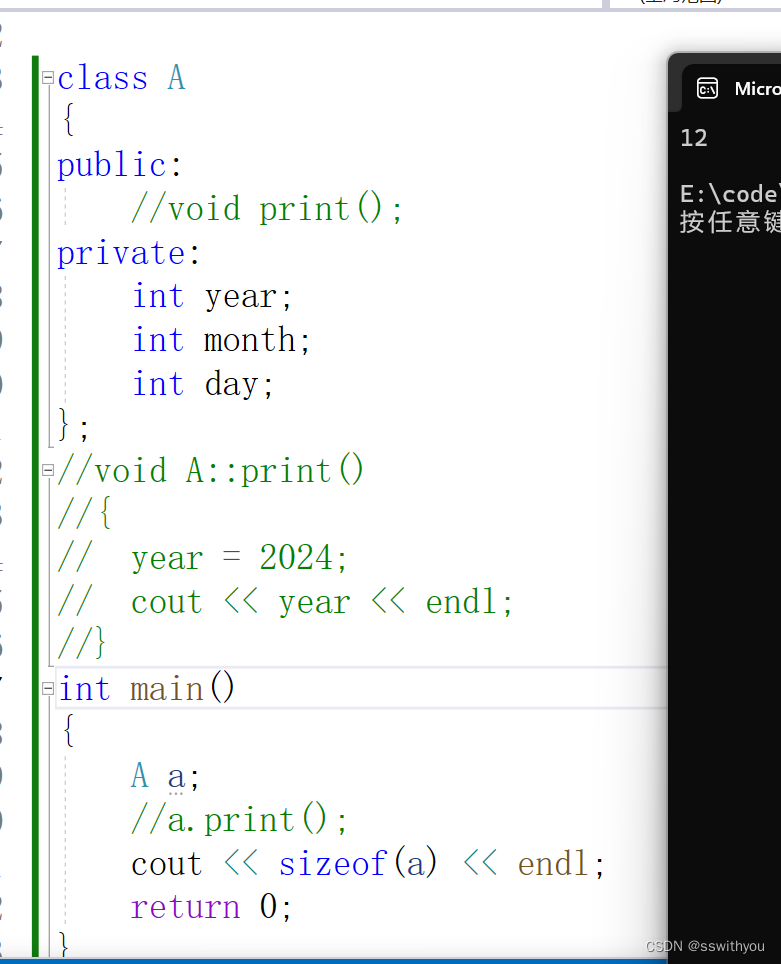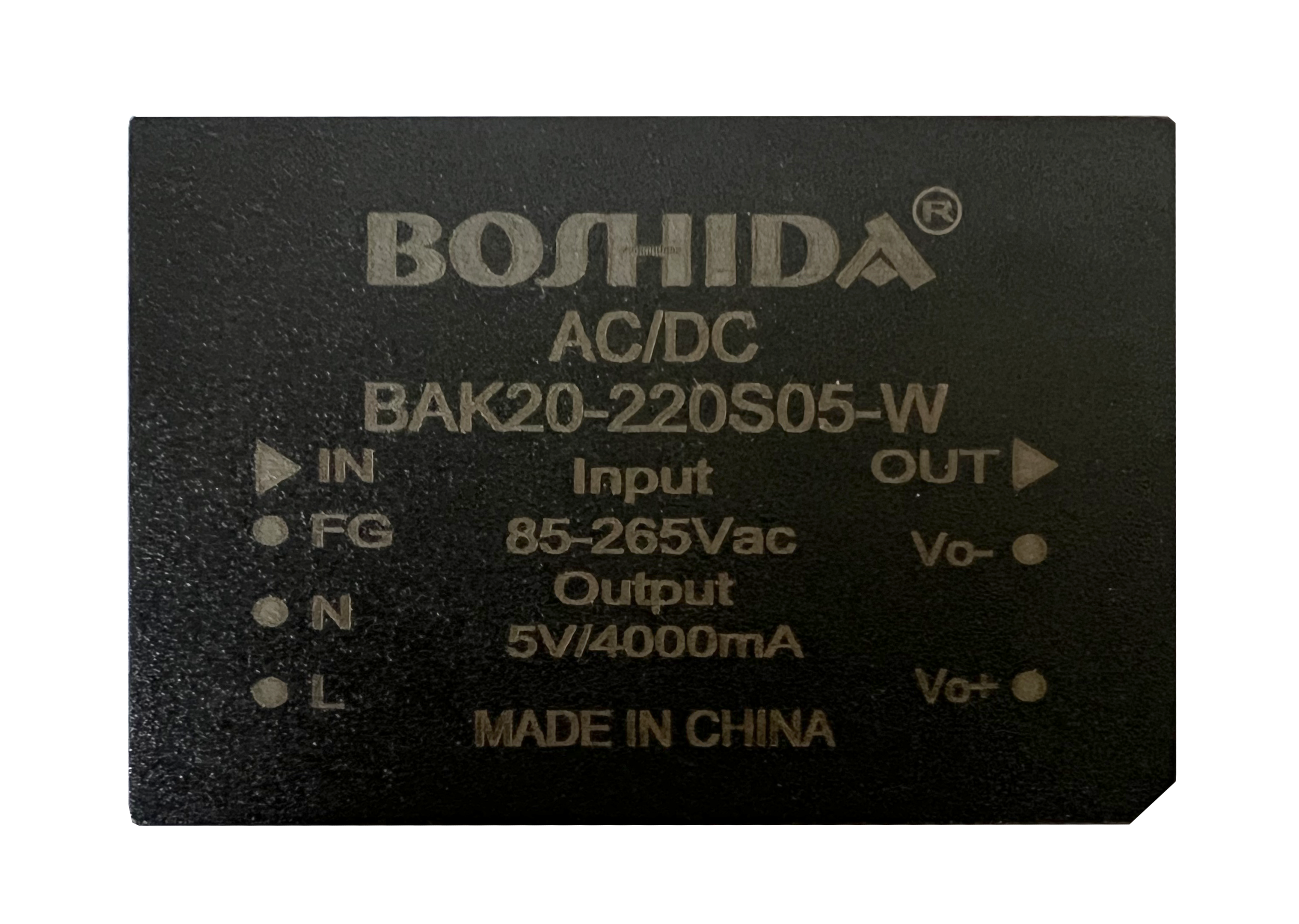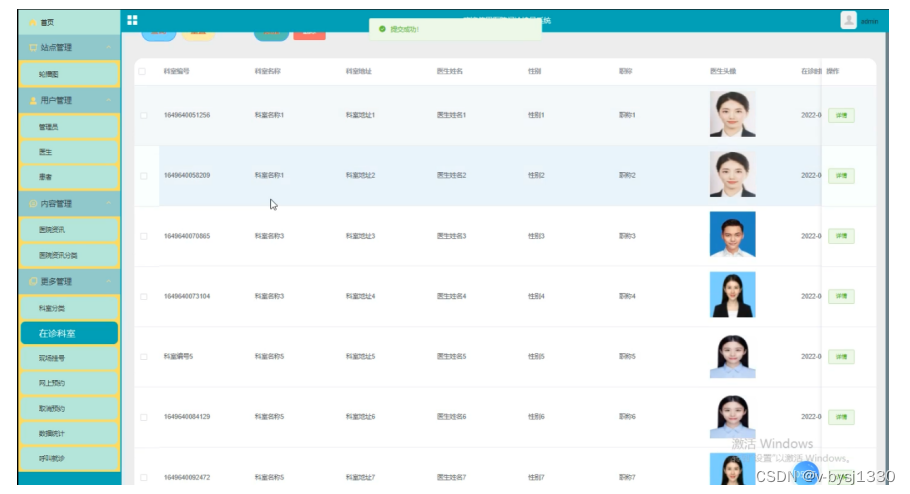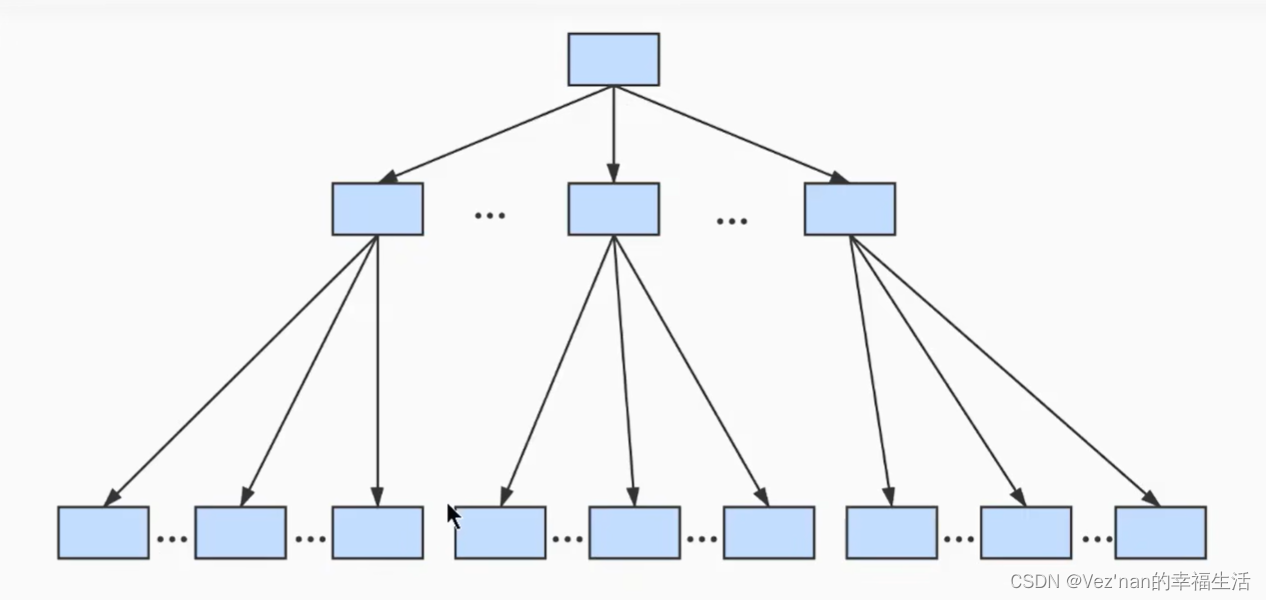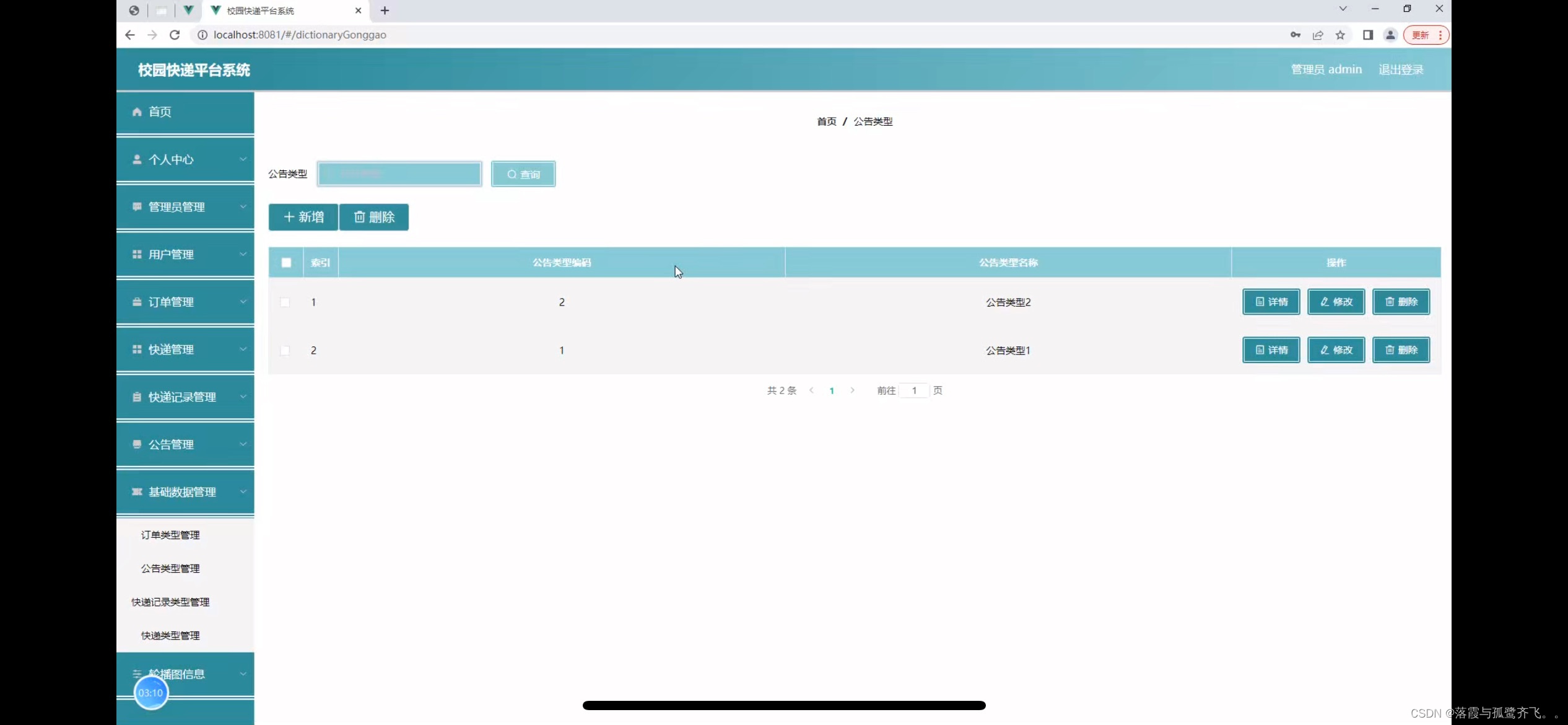Direct交换机
BindingKey

在Fanout模式中,一条消息,会被所有订阅的队列都消费。但是,在某些场景下,我们希望不同的消息被不同的队列消费。这时就要用到Direct类型的Exchange。

在Direct模型下:
- 队列与交换机的绑定,不能是任意绑定了,而是要指定一个
RoutingKey(路由key) - 消息的发送方在 向 Exchange发送消息时,也必须指定消息的
RoutingKey。 - Exchange不再把消息交给每一个绑定的队列,而是根据消息的
Routing Key进行判断,只有队列的Routingkey与消息的Routing key完全一致,才会接收到消息
案例需求如图:

- 声明一个名为
hmall.direct的交换机 - 声明队列
direct.queue1,绑定hmall.direct,bindingKey为blud和red - 声明队列
direct.queue2,绑定hmall.direct,bindingKey为yellow和red - 在
consumer服务中,编写两个消费者方法,分别监听direct.queue1和direct.queue2 - 在publisher中编写测试方法,向
hmall.direct发送消息
3.6.1.声明队列和交换机
首先在控制台声明两个队列direct.queue1和direct.queue2,这里不再展示过程:

然后声明一个direct类型的交换机,命名为hmall.direct:
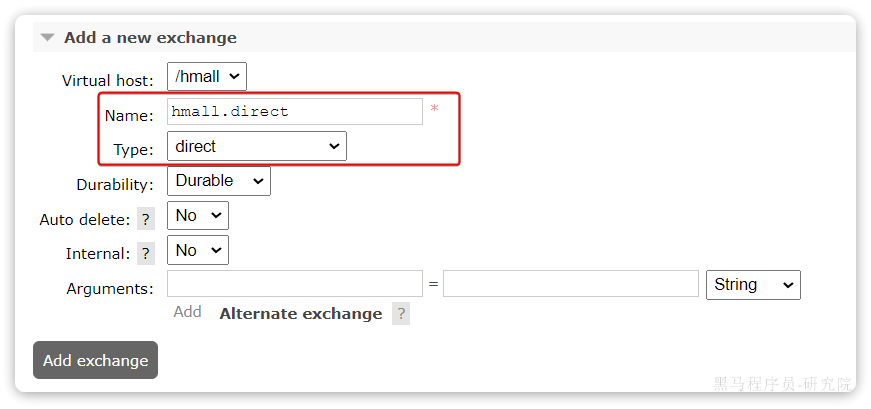
然后使用red和blue作为key,绑定direct.queue1到hmall.direct:
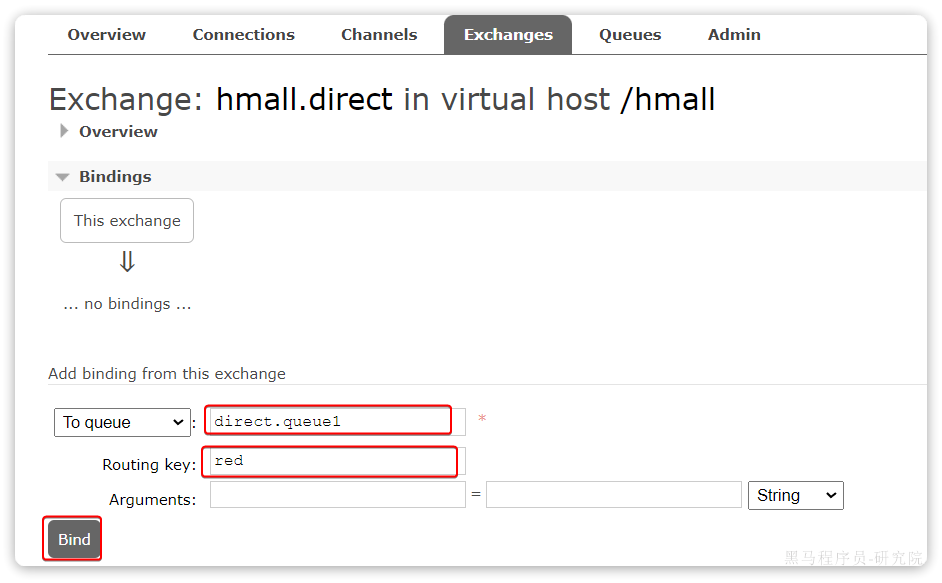

同理,使用red和yellow作为key,绑定direct.queue2到hmall.direct,步骤略,最终结果:
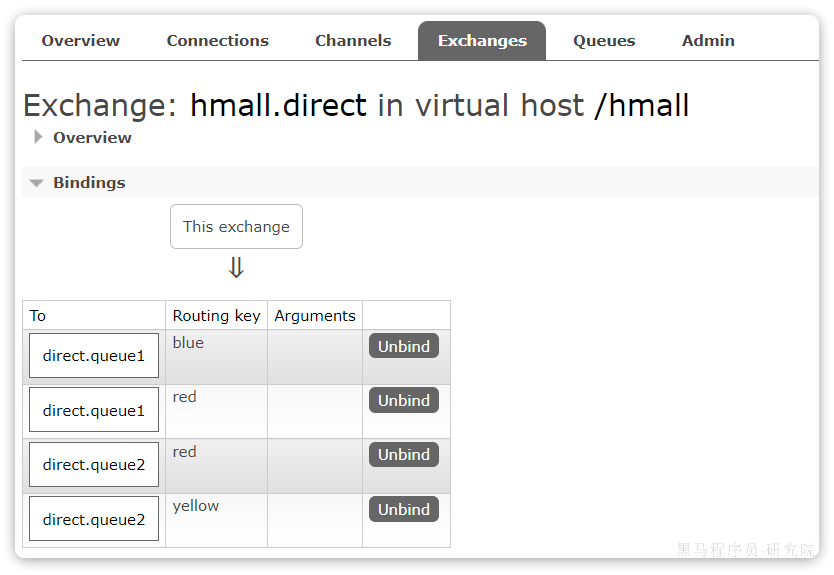
3.6.2.消息接收
在consumer服务的SpringRabbitListener中添加方法:
@RabbitListener(queues = "direct.queue1")
public void listenDirectQueue1(String msg) {
System.out.println("消费者1接收到direct.queue1的消息:【" + msg + "】");
}
@RabbitListener(queues = "direct.queue2")
public void listenDirectQueue2(String msg) {
System.out.println("消费者2接收到direct.queue2的消息:【" + msg + "】");
}
3.6.3.消息发送
在publisher服务的SpringAmqpTest类中添加测试方法:
@Test
public void testSendDirectExchange() {
// 交换机名称
String exchangeName = "hmall.direct";
// 消息
String message = "红色警报!日本乱排核废水,导致海洋生物变异,惊现哥斯拉!";
// 发送消息
rabbitTemplate.convertAndSend(exchangeName, "red", message);
}
先使用red作为router-key,由于使用的red这个key,所以两个消费者都收到了消息:

我们再切换为blue这个key:
@Test
public void testSendDirectExchange() {
// 交换机名称
String exchangeName = "hmall.direct";
// 消息
String message = "最新报道,哥斯拉是居民自治巨型气球,虚惊一场!";
// 发送消息
rabbitTemplate.convertAndSend(exchangeName, "blue", message);
}
你会发现,只有消费者1收到了消息:

3.6.4.总结
描述下Direct交换机与Fanout交换机的差异?
- Fanout交换机将消息路由给每一个与之绑定的队列
- Direct交换机根据RoutingKey判断路由给哪个队列
- 如果多个队列具有相同的RoutingKey,则与Fanout功能类似

